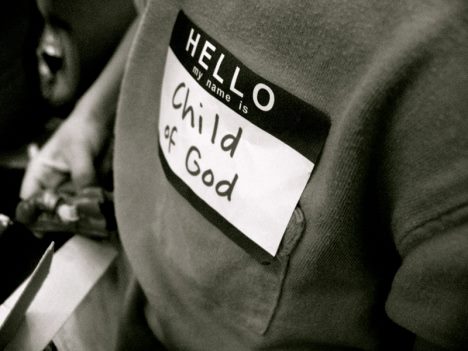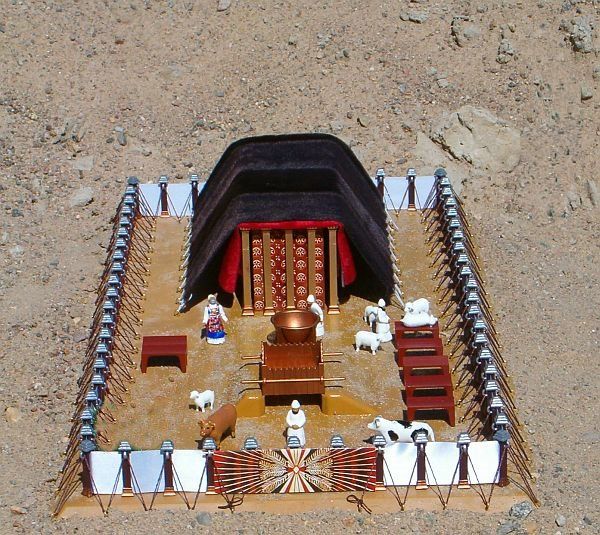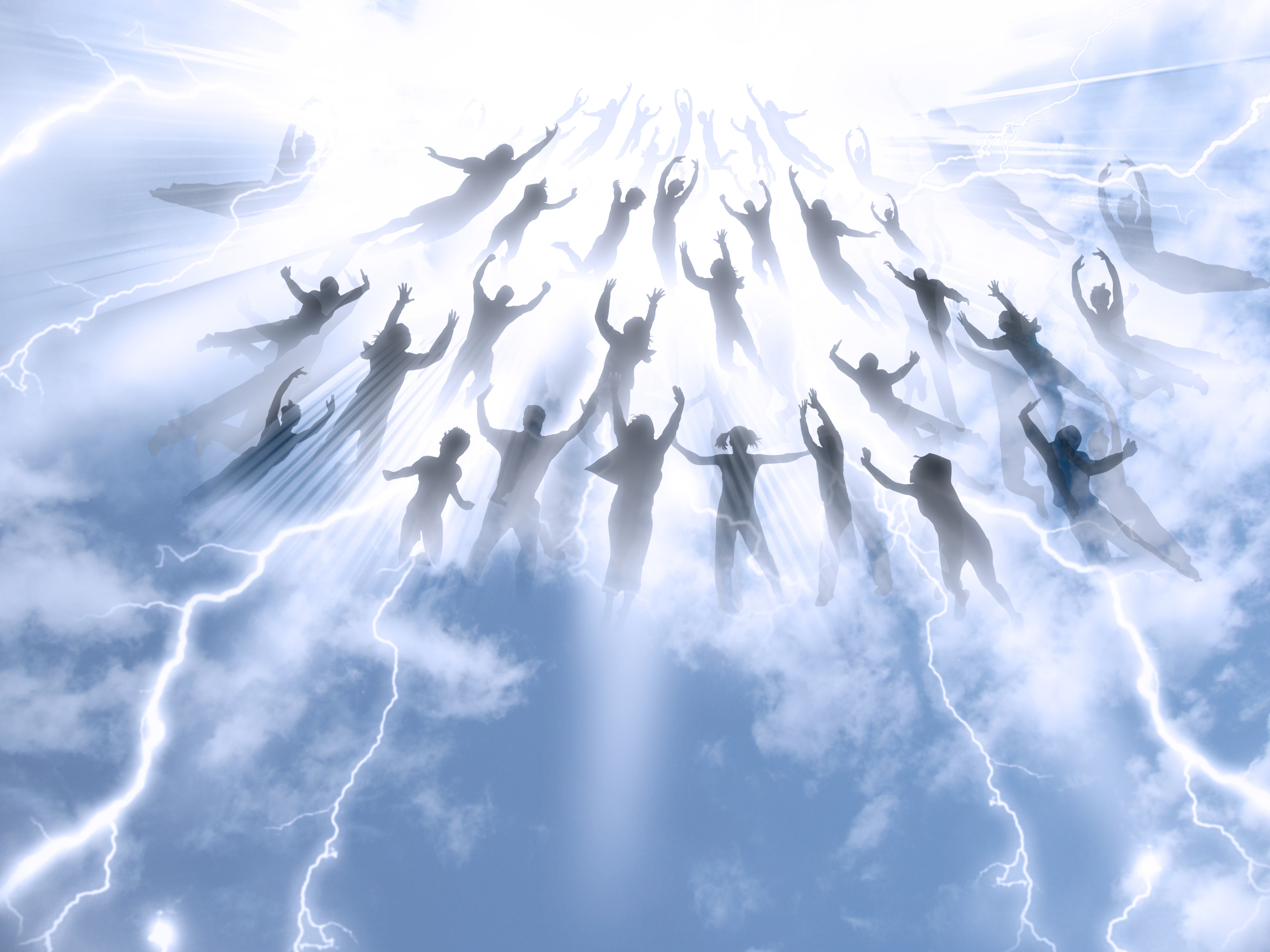Tag Archives: Children of God
Dear Natan: “We are children of YHVH.” (???? Really?)

Are we all sons of Elohim?
Sometimes statement are made on the comments section of this blog that are unscriptural and need to be addressed. The following is one of these:
We all are children of YHVH. Love one another as brothers and sisters. (Pastor A—)
On its surface, this statement seems like one with which no Bible believer could disagree. In reality, however, it doesn’t line up with the Scriptures for several reasons, which we will discuss below.
First, we must ask the question, who is the “we” in this statement? If it is referring to the entire population of the world—both saints and heathens, then it is a patently false statement that is contrary to the Scriptures including the words of Yeshua the Messiah as well as the apostolic writers, as we shall discuss below.
Next, if the “we” is referring to the saints, it is also false and doesn’t line up with the Scriptures. Yes all saints are “brethren” or brothers and sisters, but not all are necessarily the children of Elohim. For example, some of the “saints” are actually tares in the congregation of the righteous, which Yeshua will eventually uproot and toss into the lake of fire, as he taught in the Parable of the Wheat and Tares. The Bible also teaches that some of the saints will not make it to the end, but will become spiritually shipwrecked along the away. They will become spiritually aborted and will not make their calling and election sure; they will become apostate and fall by the wayside as Yeshua taught in his Parable of the Sower and elsewhere.
Even though John refers to the saints generically as “the children of Elohim” in 1 John 3:1, the apostle is speaking in the most positive and affirmative terms here (see also Rom 8:16; Gal 3:26). No human knows which of the saints will persevere and overcome to the end to become the actual resurrected and glorified sons and daughters of Elohim, and who will fail the test along the way and not receive their ultimate salvation—the glorification of their physical bodies and inclusion into the family of Elohim as his immortal spirit-children. Only Elohim knows this. The Bible is clear: some “saints” will fall by the wayside and turn away from Yeshua. Again, only those who overcome to the end will become the actual children of Elohim and receive the spiritual and eternal rewards thereof as Yeshua’s letters to the seven churches in Revelation chapters two and three make clear.
Continue readingThe Tabernacle—A Picture of Man’s Spiritual Transformation
The Tabernacle and the Deification or Theosis of Man
The Tabernacle of Moses from its front to back represents one’s progression in their spiritual journey starting with their initial salvation leading to the glorification of the physical body and eternal life in YHVH’s eternal spiritual kingdom. This view is from man’s perspective looking into the tabernacle through the front gate.
From YHVH’s view inside the holy of holies above the ark of the covenant in the glory cloud looking outward, the perspective is different. We’ll discus this in a moment.
In the outer court of the tabernacle, all the rituals and furnishings pointed to death, judgment, to washing or cleansing. These prophetically foreshadowed salvation through Yeshua’s atoning death on the cross, with Yeshua being the door to salvation, acceptance of his death on the cross for one’s sins followed by baptism for the remission of sins. In the set-apart (kadosh or holy) place inside the tabernacle, everything pointed to life, light, food, fragrant incense, the fruits and gifts of the Set-Apart Spirit—or life in a spiritual relationship with Elohim subsequent to one’s taking the beginning steps in the salvation process. The outer court speaks of basic salvation for the redeemed believer in Yeshua, while the holy place speaks of spiritual growth and maturity, of moving from spiritual babyhood and growing into spiritual adulthood or maturity.
To understand this process of growing in spiritual maturity, it is necessary to comprehend the tripartite composition of man. Paul speaks of man being subdivided into three parts—body, soul and spirit (1 Thess 5:23). The tabernacle’s outer court seems to relate more to the physical or bodily realm of the person, while the holy place speaks more of the soul or intellectual, volitional and emotional aspects of man’s inner or psychological makeup. Finally, the holy of holies portrays man approaching YHVH through the realm of a person’s inner personal spirit.
As one progresses into the tabernacle, it is as if YHVH is drawing a person into an ever deeper relational walk with him starting at the most basic level progressing upward until one is finally communing with YHVH on a Spirit-to-(human personal)-spirit level (in the most holy place). It is the Father’s desire that his children progressively grow until we are communing with him at the highest spiritual level (see John 4:23–24).
As noted earlier, this forward progression from the tabernacle’s entrance to its innermost room is but one way to view a person’s spiritual progression into the realm of the Spirit of Elohim. From YHVH’s perspective looking from the inside of the tabernacle outward, the view changes. Although one has to enter the tabernacle through the outer gate and then go through various rites and rituals relating to a cleansing process before being allowed into the tabernacle itself, at the same time, we see YHVH starting to work with the person Continue reading
What did Yeshua mean when he said, “You are elohim/gods”?
John 10:34, You are gods. Yeshua is here quoting Ps 82:6 where the term elohim in Hebraic thought and as used biblically simply refers to all divine beings whether good (e.g. Elohim, his heavenly council and angels) to evil (e.g. Satan, evil spirits and demons).
Elohim can also refer to human (righteous) judges, who are acting on behalf of Elohim on this earth making righteous judgment between humans (e.g. Exod 21:6; 22:8–9). Yeshua gave this same authority to his apostles (or church leaders) to adjudicate between the saints and to make ecclesiastical decisions as did the Jewish Sanhedrin of old, and he promised that as Elohim’s agents on earth, he would honor their decisions (e.g. Matt 16:19; 18:18–20).
In this passage, Yeshua is clearly stating that the Jews in his audience were divine beings.
What did he mean by this?
The verse here doesn’t indicate that those in his audience were Jewish judges or members of the ruling elite. He was speaking generically to a group of lay people to whom the word of Elohim had been given (v. 35), which is why they were at that time in Jerusalem on the temple mount observing the Feast of Dedication of the temple or Hanukkah (John 10:22–23).
In making this statement, Yeshua is most likely referring to the potential that spiritually enlightened humans, who have received the word of Elohim, have for becoming glorified sons of Elohim some day (i.e. at the resurrection) if they believe in him (John 1:12).
Whatever Yeshua means, he is clearly stating that those humans (to whom the word of Elohim was given, v. 35) possess some divine element, to one degree or another, that qualifies them to be included under the rubric of elohim. Whether he is thinking of the term elohim vis-à-vis humans in present or future prophetic terms is not clear from this passage. He simply states as a fact that “You are elohim” (if you have been given the word of Elohim).




